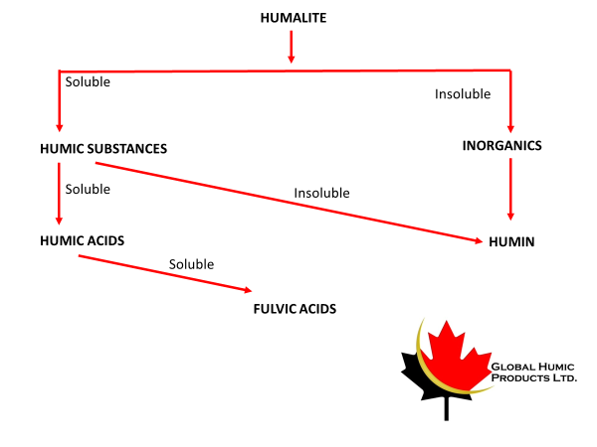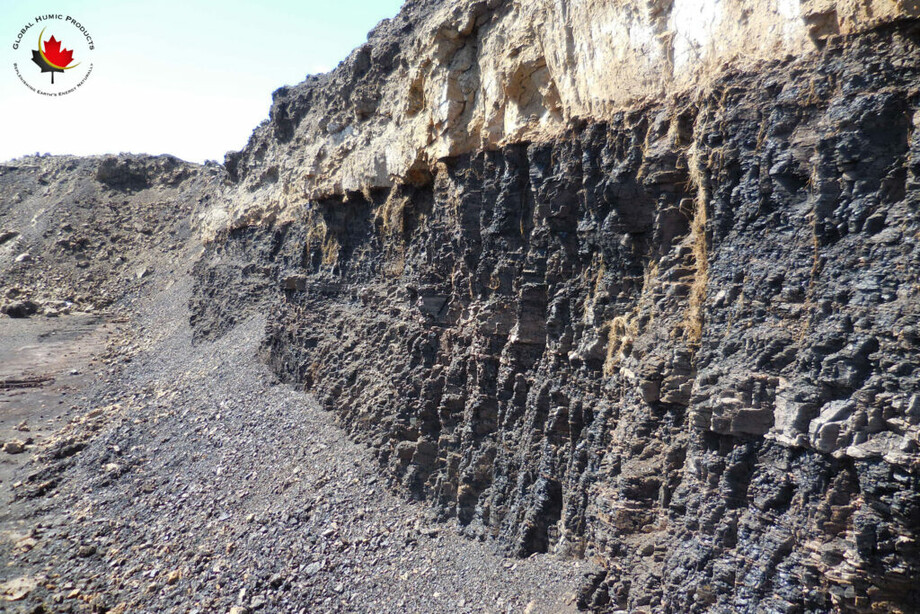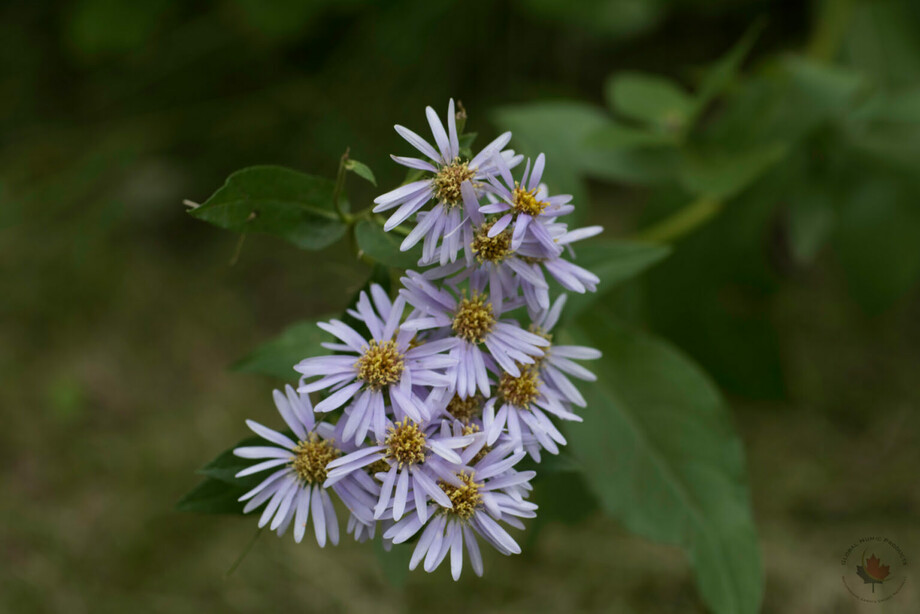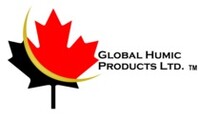Global Humic Products Ltd. (GHP), looks to supply a range of specialty soil amendment products derived from humalite, a naturally occurring oxidized coal material, rich in humic substances (humate), found in Alberta, Canada. The properties of humalite lends themselves to application in the environmental, agri-business and health industries.
Organic matter plays important roles in soil fertility, environmental protection, and sustainable agricultural development. Humic substances, as the main component of soil organic matter, affects a variety of soil properties and forms. Humic acid (HA) is an important component of humic substances, and its composition, structure and properties are directly related to soil fertility and crop yield.
Fulvic acids are the smaller molecules of humic substances and have twice the cation exchange capacity (CEC) of humic acids. Because of their small size they can freely enter plant root, stem and leaves, carrying minerals into plant tissues.

- Naturally occurring non-hazardous sub-bituminous (oxidized) coal, rich in humic substances (humate), found in Alberta, Canada
- Are super concentrated organic matter; 1 L of humic substances is equal to 7-8 Metric Tons of organic manure
Three Different Fractions of Humic Substances

- Humin – the fraction of humic substances that is not soluble in water at any pH value or in alkali. Humin is black in color.
- Component most recent to decomposition (slow to breakdown)
- Helpful in improving soil structure and water holding capacity.
- Humic acids are the fraction of humic substances not soluble in water under acidic conditions (pH < 2) but soluble at higher pH values. Humic acids are the major extractable component of soil humic substances. They are dark brown to black.
- They readily bind with inorganic trace minerals in a form the plants can utilize.
- Fulvic acids are the smaller molecules of humic substances and have twice the cation exchange capacity (CEC) of humic acids.
- Because of their small size they can freely enter plant root, stem and leaves, carrying minerals into plant tissues.
- They can be a crucial ingredient in any high quality foliar fertilizer.
Value of Humic and Fulvic acids

One of the greatest values of humic and fulvic acids are their roles as chelators.
Humic and fulvic acids have functional groups that act as claws, holding mineral ions strongly enough to keep them from reacting with each other and becoming unavailable to the plant, but weak enough so that they can be released to the plant cells on demand.
Humic acid transports the minerals to the outside of the cell membranes and releases the minerals for uptake by the plant. The fulvic acid fraction consists of small organic molecules that easily penetrate cell membranes. The more biologically active of the two fractions, fulvic acid transports minerals through the cell membranes and releases them directly to the plant cells.

